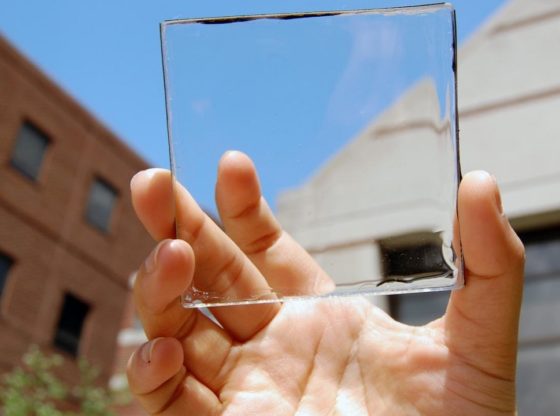
The next Olympic games will take place in Tokyo in two years and the Japanese government is aiming to boost the city’s eco reputation. Among the ideas presented are ready-made solar roads and electricity-generating building floors. The ambitious goal is that renewable energy should account for 30 percent of the city’s needs by 2030.
Some roads in the Japanese capital will be replaced by electricity generating ‘solar panel roads’. These roads have been around for a while, being tested in e.g. France and China is currently building a solar motorway. But even if solar roads is a smart way to use space – there’s a lot of technical issues. These solar cells need to be very resilient and the fact is that these solar cells are less effective compared to the regular solar panels – and they are expensive.
Japan has a precarious energy problem in the wake of the Fukushima nuclear power plant disaster. The earthquake, tsunami and subsequent nuclear meltdown meant that nuclear the power plant was suspended – and to a large extent replaced by fossil fuels. Finding energy alternatives has become an ever more pressing need.
Japan already has some solar roads. A parking lot at a shop in Sagamihara, Kanagawa, has been rebuilt with solar cells and can generate 16 145 kWh annually – which covers nine percent of the energy that the store consumes per year.
The intended roll-out of the solar roads for the Olympic Games is a much more ambitious project – but it is in line with what Tokyo’s city government wants: to position itself as an eco-friendly-high-technology-city of the future.
The idea is for Tokyo to reach a goal of generating close to a third of its energy from renewable sources by 2030 – compared to the 12 percent in 2016.
But solar roads are not the only solution to reach that goal. The city rulers are also planning to introduce electricity-generating floors. These floors are made in a special frame that generates a small potential difference when subjected to pressure.
According to Soundpower Corporation, the company behind the technology, a 60-kilo person walking at normal speed can generate an equivalent to 2 mW – enough to provide enough electricity to a small LED display. When applied at scale, the technology can generate enough energy to light up a walkway at night.











![OpenAI. (2025). ChatGPT [Large language model]. https://chatgpt.com](https://www.illustratedcuriosity.com/files/media/55136/b1b0b614-5b72-486c-901d-ff244549d67a-350x260.webp)
![OpenAI. (2025). ChatGPT [Large language model]. https://chatgpt.com](https://www.illustratedcuriosity.com/files/media/55124/79bc18fa-f616-4951-856f-cc724ad5d497-350x260.webp)
![OpenAI. (2025). ChatGPT [Large language model]. https://chatgpt.com](https://www.illustratedcuriosity.com/files/media/55099/2638a982-b4de-4913-8a1c-1479df352bf3-350x260.webp)








